History of the Tarot
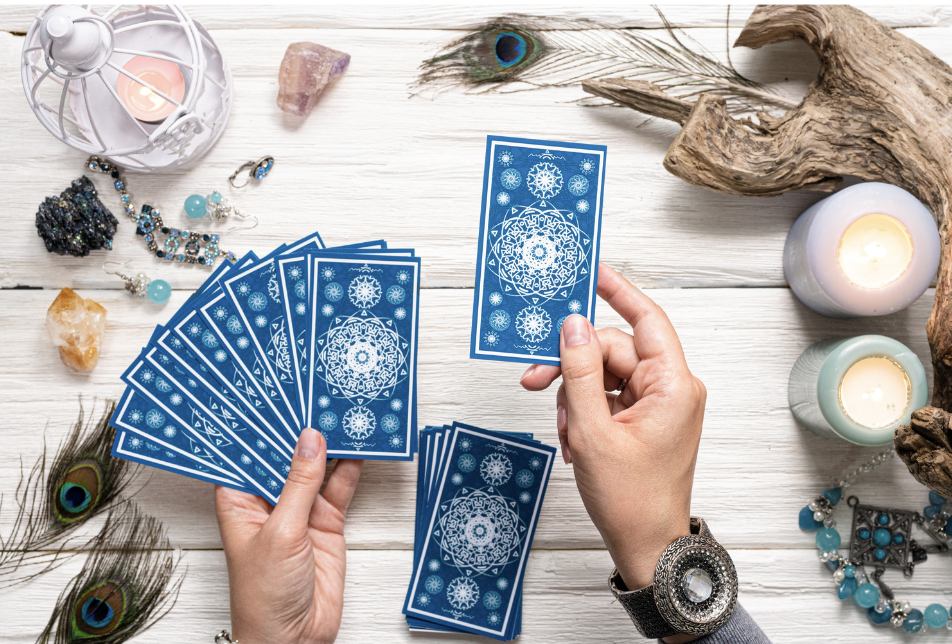
Tarot cards have been captivating the human imagination for centuries, and their history is as intriguing as their mystic symbolism. From their humble beginnings as a game of chance to their current status as a tool for divination and self-exploration, tarot cards have a long and storied past that has captured the attention of scholars, artists, and spiritual seekers alike.
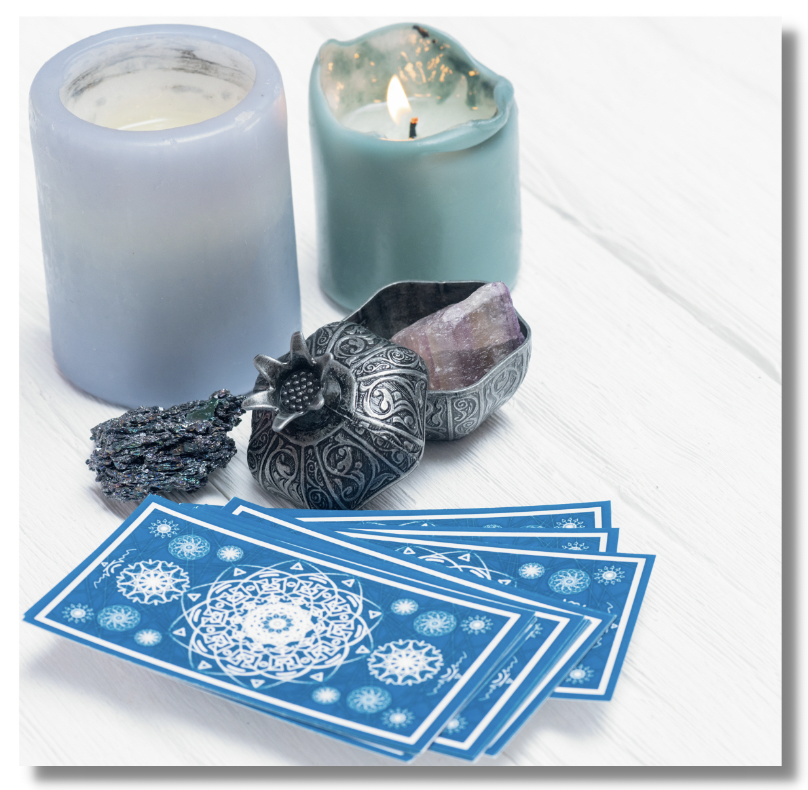
Origins of the Tarot Card
The origins of tarot cards are somewhat mysterious, but they are believed to have originated in Europe in the late 14th century. At this time, playing cards were becoming popular in many parts of Europe, and tarot cards are thought to have developed as a derivative of these early playing cards. In fact, the suits in a tarot deck – swords, wands, cups, and coins – are very similar to the suits found in modern playing cards.
The earliest tarot decks were likely used for playing games, and it wasn’t until the 18th century that they began to be used for divination and spiritual exploration. This shift in the use of tarot cards is often attributed to a Frenchman named Antoine Court de Gebelin, who published a book in 1781 called “Le Monde Primitif” in which he claimed that the tarot was based on ancient Egyptian wisdom.
While there is no evidence to support Gebelin’s claims, his book sparked a renewed interest in tarot cards and their symbolic meanings. This interest was further fueled by the publication of “The Book of Thoth” by the English occultist Aleister Crowley in 1944, which is still considered one of the most important works on the tarot today.
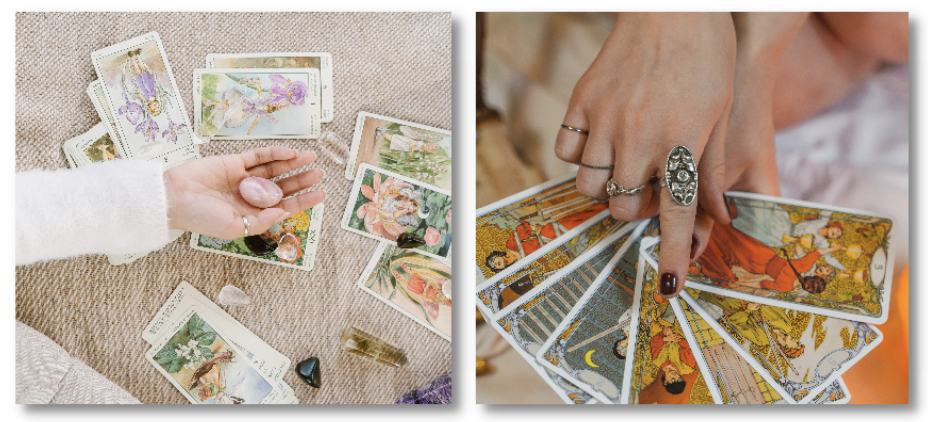
Popular Tarot Decks
One of the most popular and enduring tarot decks is the Tarot of Marseille, which was first published in France in the 1700s. This deck is known for its bold, colorful illustrations and its focus on the major arcana, or the 22 trump cards that are believed to represent archetypes and universal themes.
In the late 19th and early 20th centuries, several influential writers and thinkers helped to popularize the tarot as a tool for spiritual growth and self-discovery. These included figures such as Arthur Edward Waite, who created the Rider-Waite Tarot deck, which is still one of the most widely used and recognizable tarot decks today.
Carl Jung, the famous Swiss psychologist, also wrote extensively about the tarot and its symbolism, seeing the archetypes represented in the cards as expressions of the collective unconscious. He believed that the tarot could be used as a tool for individuation, or the process of becoming one’s true self.
Despite its long history and enduring popularity, the tarot is still a subject of debate and controversy. Some people believe that the tarot is nothing more than a tool for charlatans and frauds, while others view it as a powerful tool for self-discovery and spiritual growth.
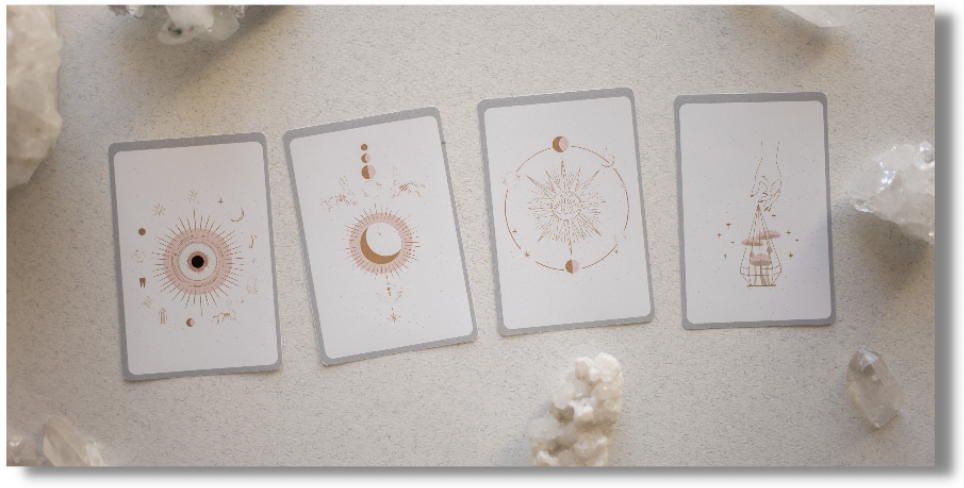
Tarot Criticisms
One of the criticisms of the tarot is that it is often associated with divination and fortune-telling, which some people view as superstitious and unscientific. However, many tarot practitioners view the cards as a tool for tapping into the intuition and the subconscious mind, rather than a means of predicting the future.
The tarot also has a rich and fascinating artistic history. Many of the most famous tarot decks are known for their intricate and beautiful illustrations, which have been created by artists throughout the centuries. One of the most striking examples of this is the “Visconti-Sforza Tarot”, a deck created in the 15th century in Italy. This deck is known for its stunningly detailed artwork, which was created using gold leaf and bright, bold colors.
In more recent times, the tarot has continued to inspire artists and designers. The tarot has been featured in countless films, books, and television shows, and tarot-inspired fashion and home decor have become increasingly popular. As the tarot has become more mainstream, it has also evolved to reflect contemporary concerns and values. Many modern tarot decks have been created to reflect diverse perspectives and social justice issues, including decks focused on Black and Indigenous cultures, disability justice, and environmental activism.
In conclusion, the history of tarot is a rich and complex tapestry that reflects the human desire for understanding and meaning. From its origins as a game of chance to its current status as a tool for spiritual exploration, the tarot has been used by people from all walks of life to gain insight into themselves and the world around them.
While the tarot may not be for everyone, it is clear that its symbolism and power continue to captivate and inspire people today. Whether you view the tarot as a means of divination or a tool for self-discovery, there is no denying the impact that these mystical cards have had on our cultural imagination. So why not pick up a deck and see what insights and revelations it might have in store for you? Who knows, you just might be surprised by what you discover.
Published in Tarot and Oracle Cards
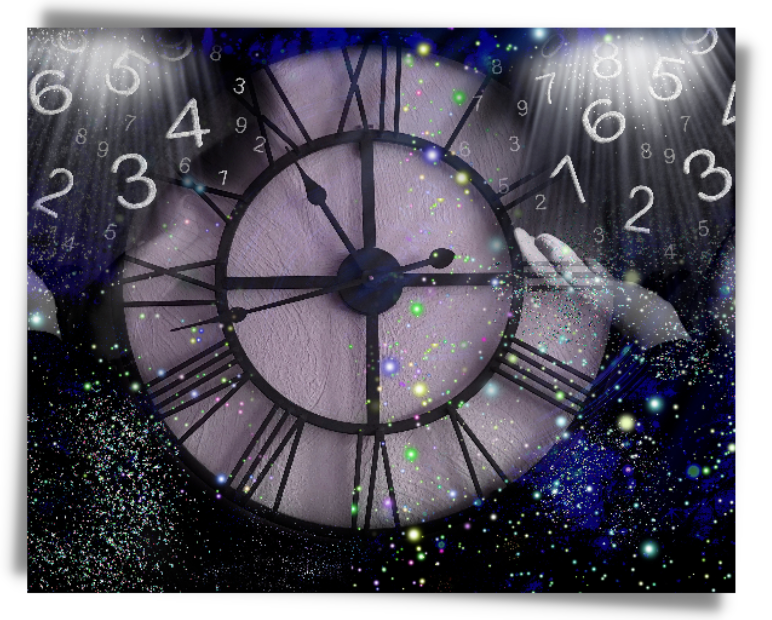


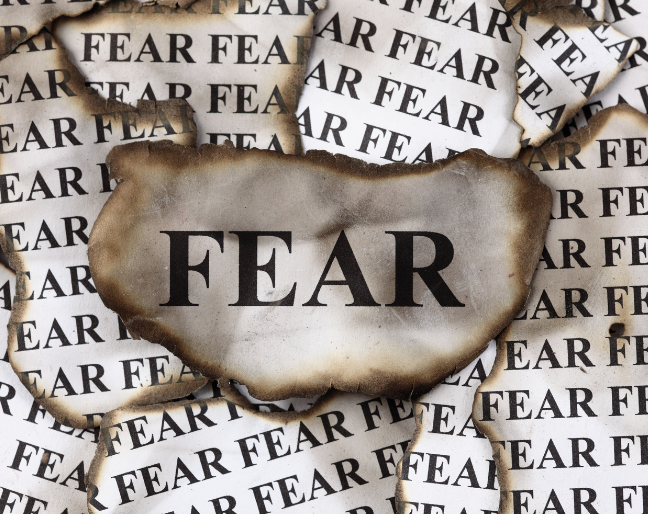
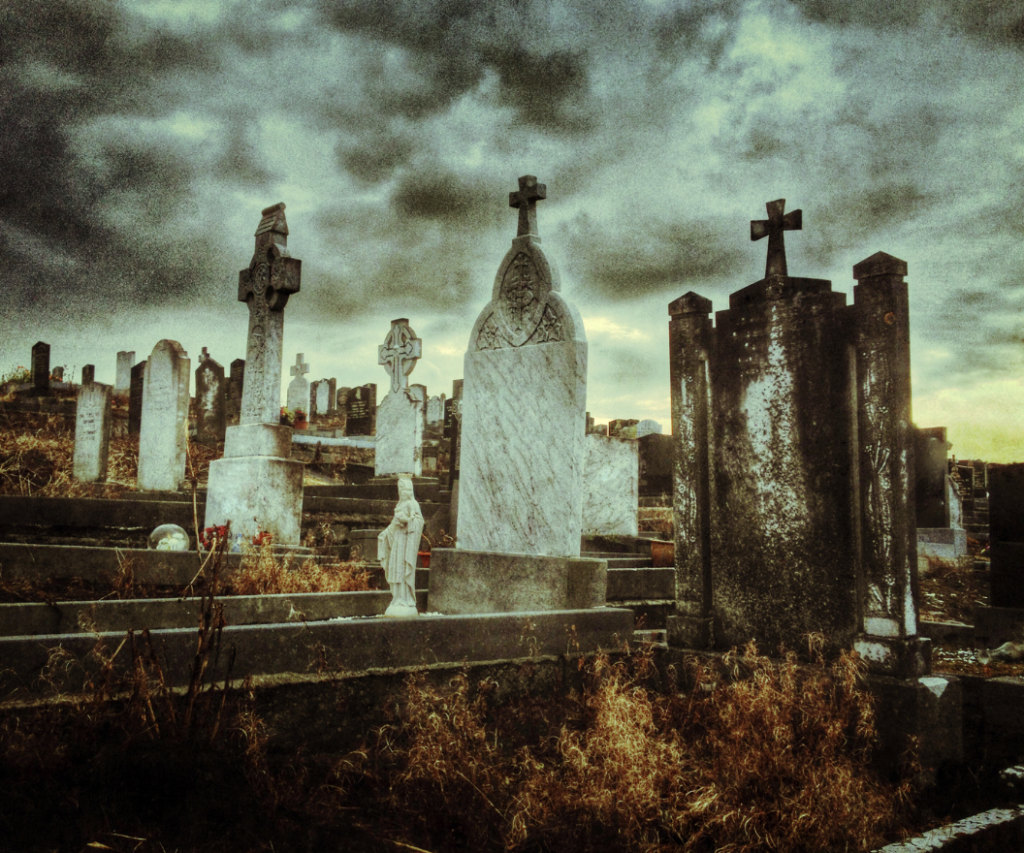
Responses